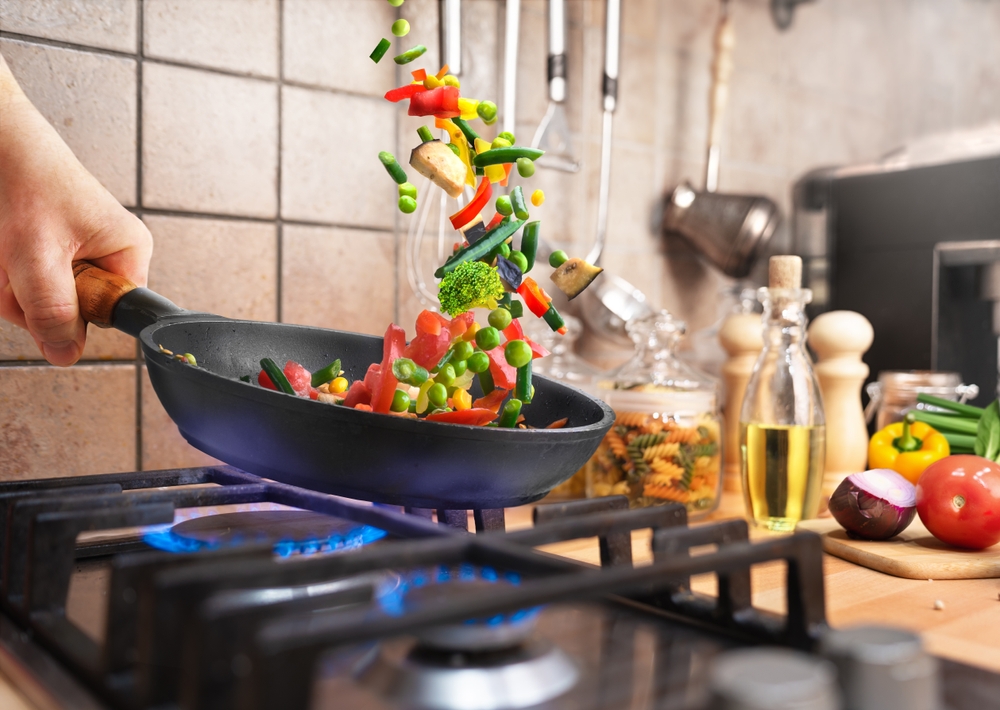Cooking is something most people do daily, but habits in the kitchen are not always based on science or best practice. Many of the ways we prepare foods come from tradition, convenience, or misunderstanding. The result is that millions of people unknowingly reduce flavor, texture, and even nutrition without realizing it. Here are ten common foods that people have been cooking the wrong way and how to fix it.
1. Pasta
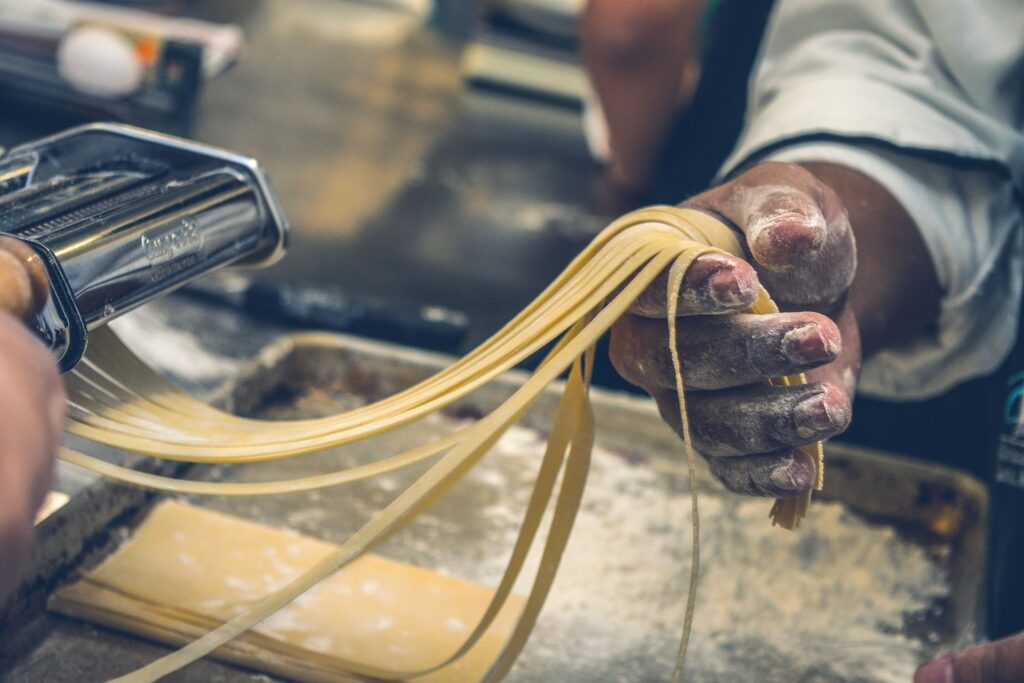
Most people dump pasta into a small pot of boiling water and stir in oil to stop sticking. Both habits are wrong. Pasta needs a large pot with plenty of water so starch can disperse. Adding oil prevents sauce from clinging later. The right way is to salt the water heavily, use a big pot, and stir occasionally. This ensures pasta cooks evenly and absorbs flavor.
2. Steak
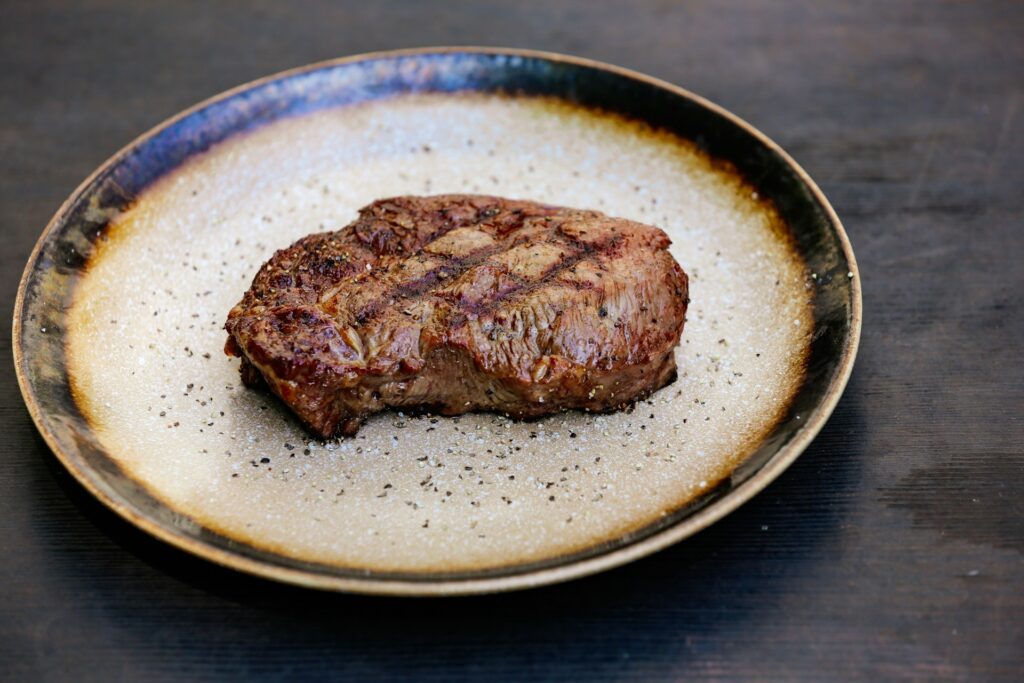
Steak is often cooked straight from the fridge or flipped too many times. Both reduce flavor and texture. Cold steak seizes when it hits the pan, leading to uneven cooking. Constant flipping prevents crust formation. The proper method is to let the steak reach room temperature, season well, and sear without moving it until a crust develops. Resting after cooking is also critical for juicy results.
3. Rice
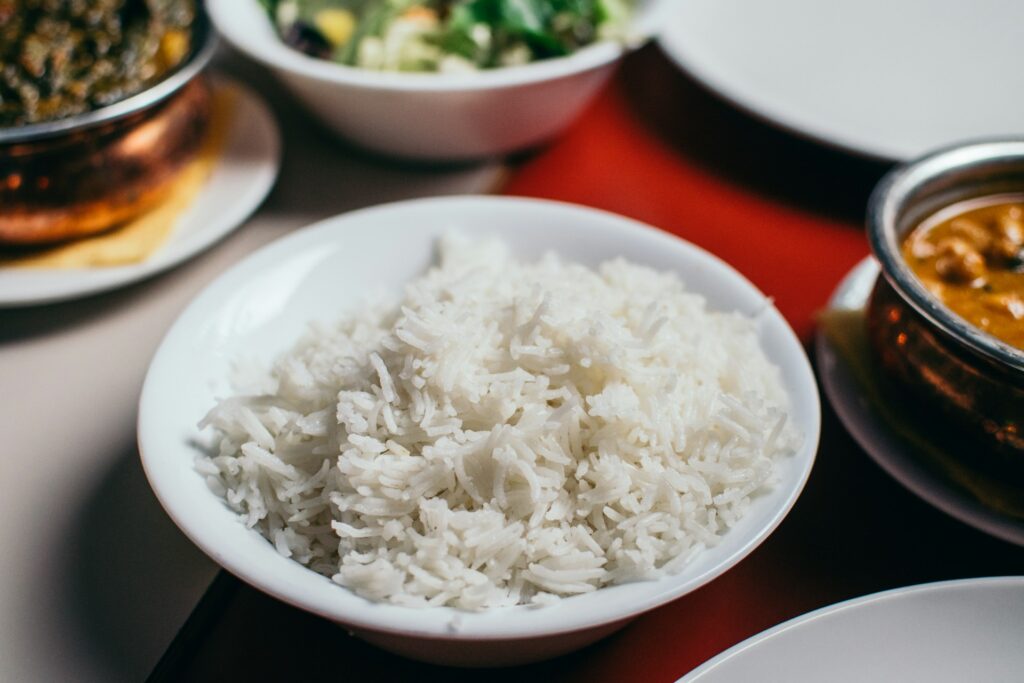
Many people stir rice constantly or boil it like pasta, which makes it sticky and uneven. Rice needs absorption cooking, not agitation. The grains should simmer in a measured amount of water with the lid on. Stirring releases starch and ruins the texture. The key is to rinse rice before cooking, use the correct water ratio, and let it rest covered for a few minutes before fluffing.
4. Eggs

Scrambled eggs are often cooked on high heat, leaving them rubbery. Eggs are delicate proteins that coagulate quickly. High heat makes them tough and dry. Cooking on low heat while stirring gently creates soft, creamy curds. For fried eggs, many people skip basting with fat, which leads to raw whites around the yolk. Spoon hot butter or oil over the egg for a better result.
5. Chicken

Chicken breasts are frequently overcooked because people fear undercooked poultry. This leads to dry, tough meat. Chicken only needs to reach 74°C internally for safety. Carryover cooking raises the temperature further if left to rest. A thermometer is the most reliable tool. Brining or marinating beforehand also helps lock in moisture and flavor.
6. Vegetables
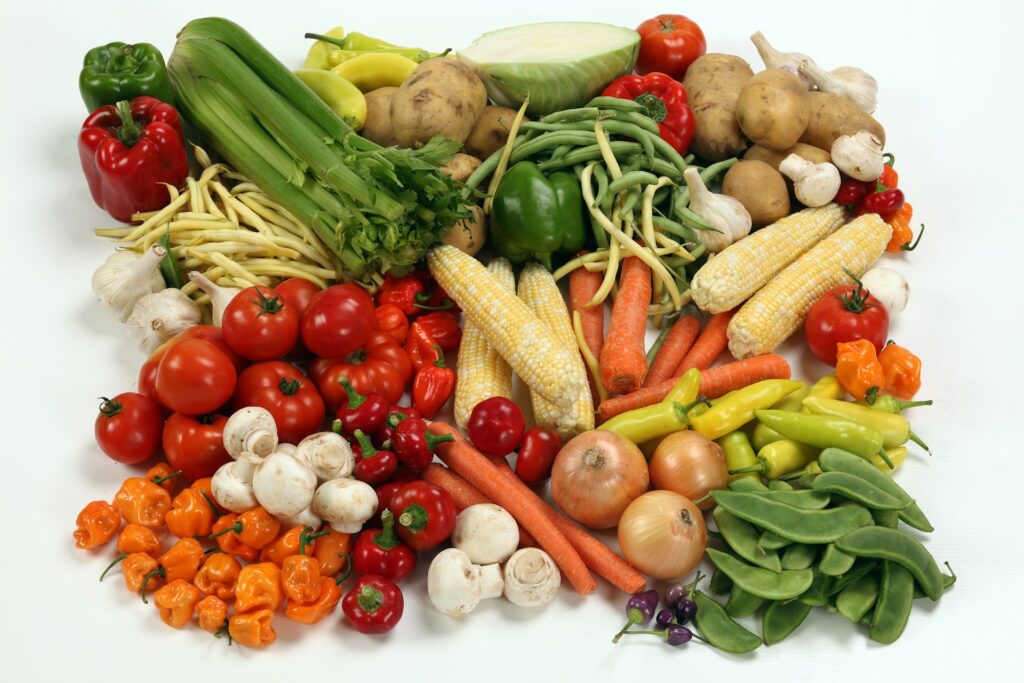
A common mistake is boiling vegetables until they turn limp and pale. Overcooking destroys nutrients like vitamin C and ruins texture. Steaming or roasting is a better option, as both preserve more vitamins and create better flavor. Roasting in particular brings out natural sugars through caramelization, turning ordinary vegetables into something rich and sweet.
7. Garlic
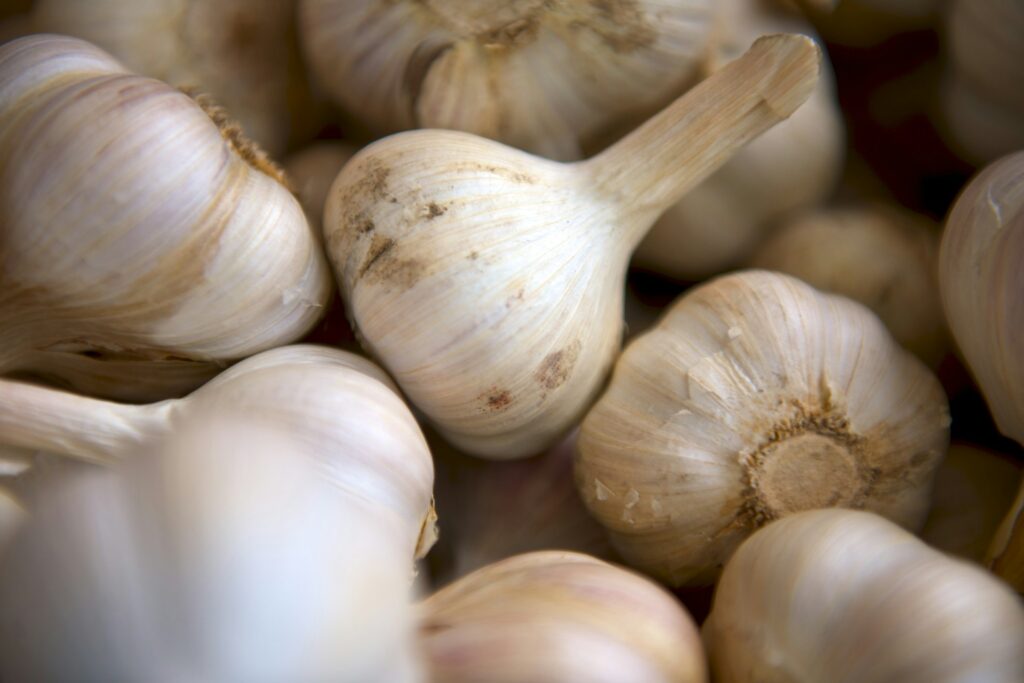
Many people throw garlic into a hot pan too early, which causes it to burn and taste bitter. Garlic contains sulfur compounds that develop flavor when gently cooked but become harsh when scorched. The right method is to add garlic later in the cooking process, often after onions have softened, or to cook it on low heat. Roasting whole cloves also brings out a sweet, mellow flavor.
8. Fish
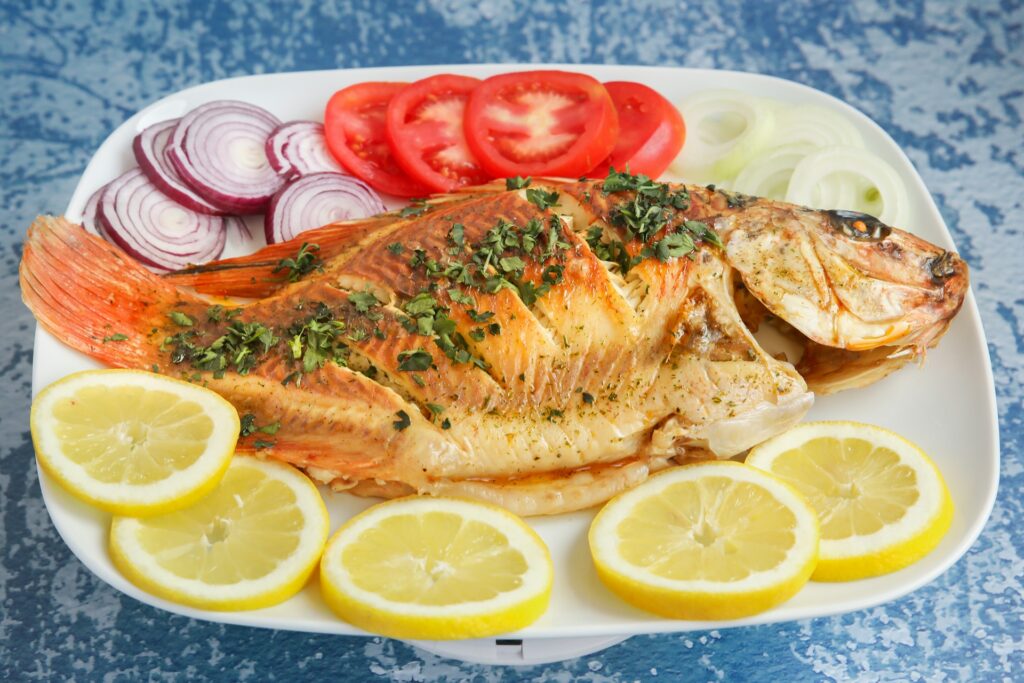
Fish is delicate, yet people often cook it until dry and flaky. Overcooking ruins texture and flavor. The rule of thumb is ten minutes per inch of thickness at medium heat. Fish should be opaque but still moist in the center. Many cooks also fail to dry fish before searing, which prevents a crisp crust. Patting it dry and cooking skin-side down first makes all the difference.
9. Potatoes
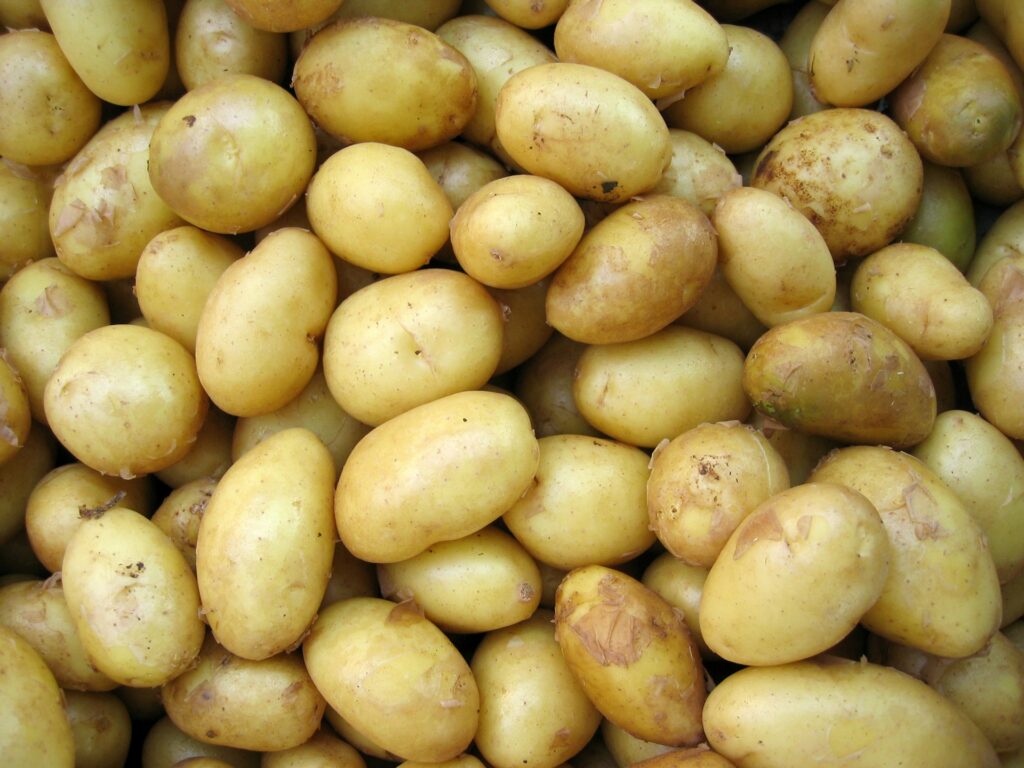
When boiling potatoes, many people drop them into boiling water. This causes the outside to cook before the inside, leading to uneven texture. Potatoes should start in cold water and come up to a boil slowly so they cook evenly throughout. Another mistake is skipping salt in the water. Potatoes absorb seasoning while cooking, making them far more flavorful.
10. Bacon
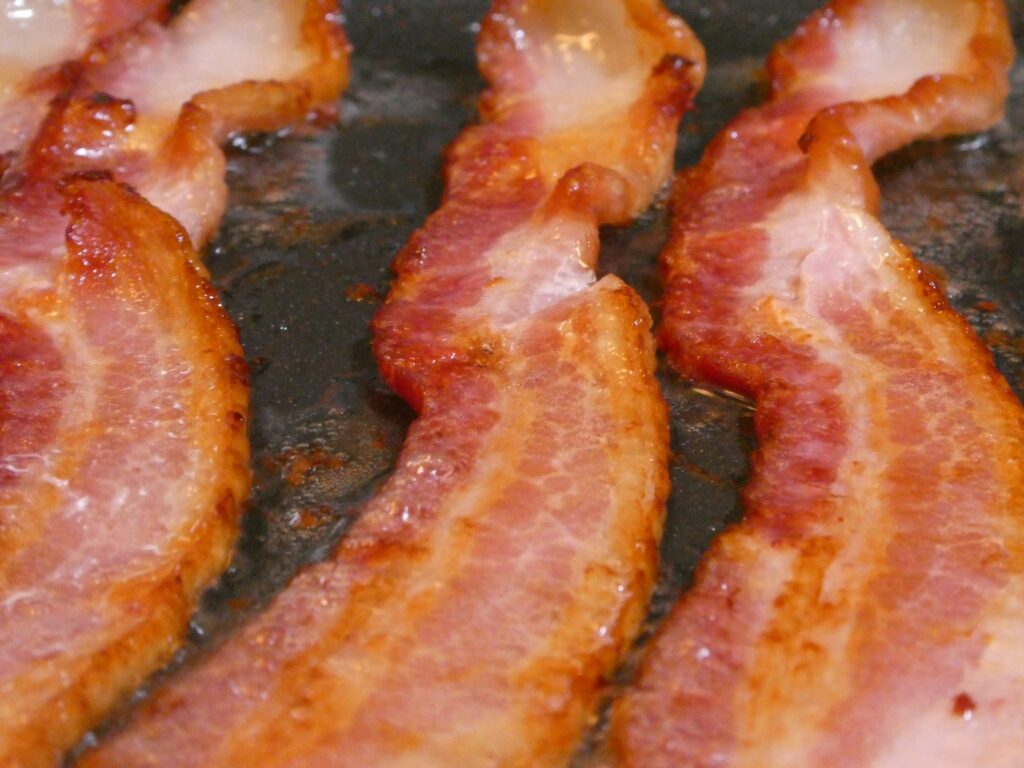
People usually toss bacon into a hot pan, which causes it to curl and cook unevenly. The better method is to place bacon in a cold pan and slowly bring up the heat. This allows fat to render out gradually, resulting in crispy bacon that is evenly cooked. An alternative is to bake bacon in the oven, which produces consistent results without splattering.
The Bottom Line

Cooking is often about technique more than ingredients. Small mistakes can ruin texture, flavor, and nutrition, while small corrections can transform everyday meals. From pasta water to bacon fat, knowing the science behind each food helps you get the most out of what you cook. By changing these ten habits, you can enjoy better tasting, healthier, and more satisfying meals every time.
Read More: 20 Food Items You Probably Didn’t Know Are Banned in the USA
Disclaimer: This article was created with AI assistance and edited by a human for accuracy and clarity.
